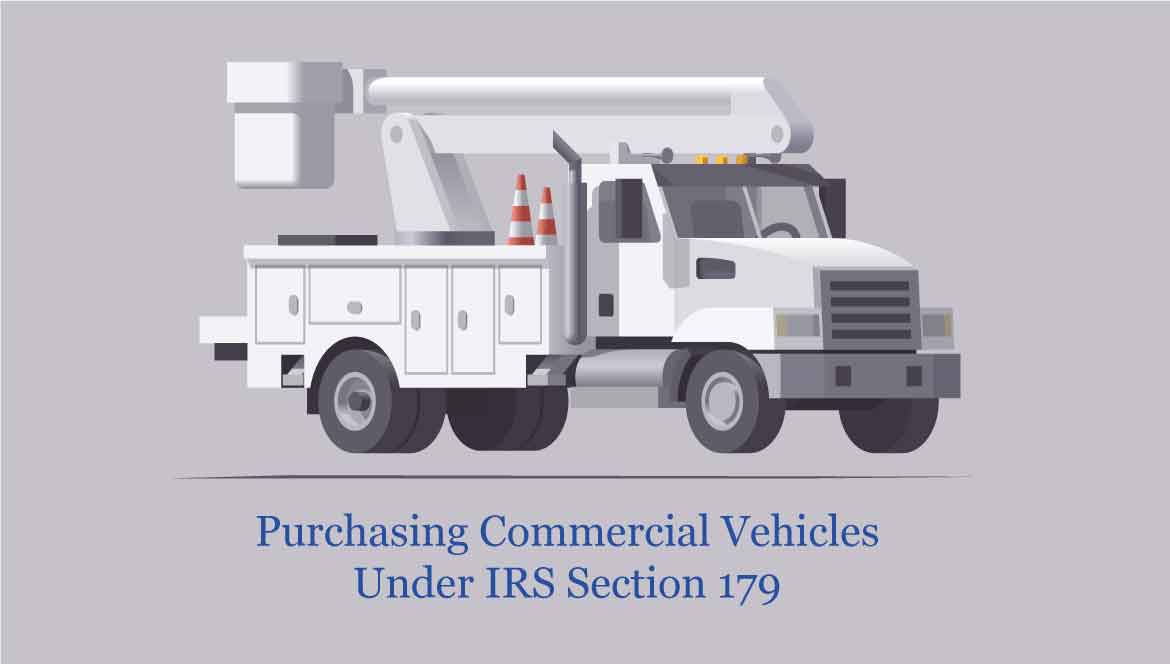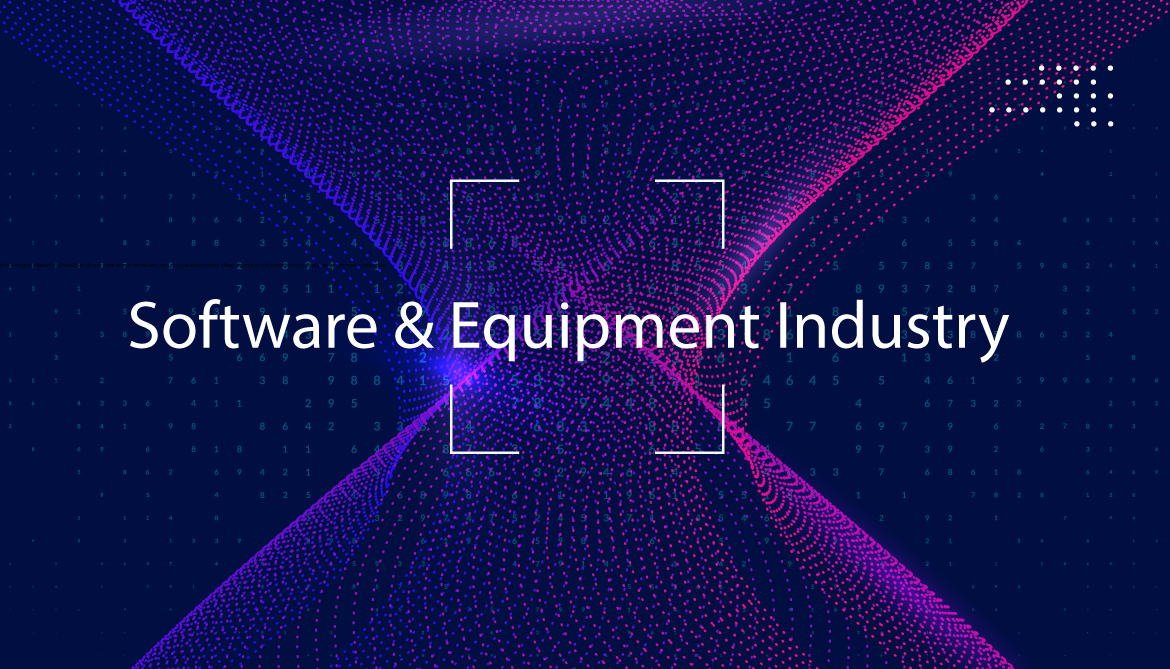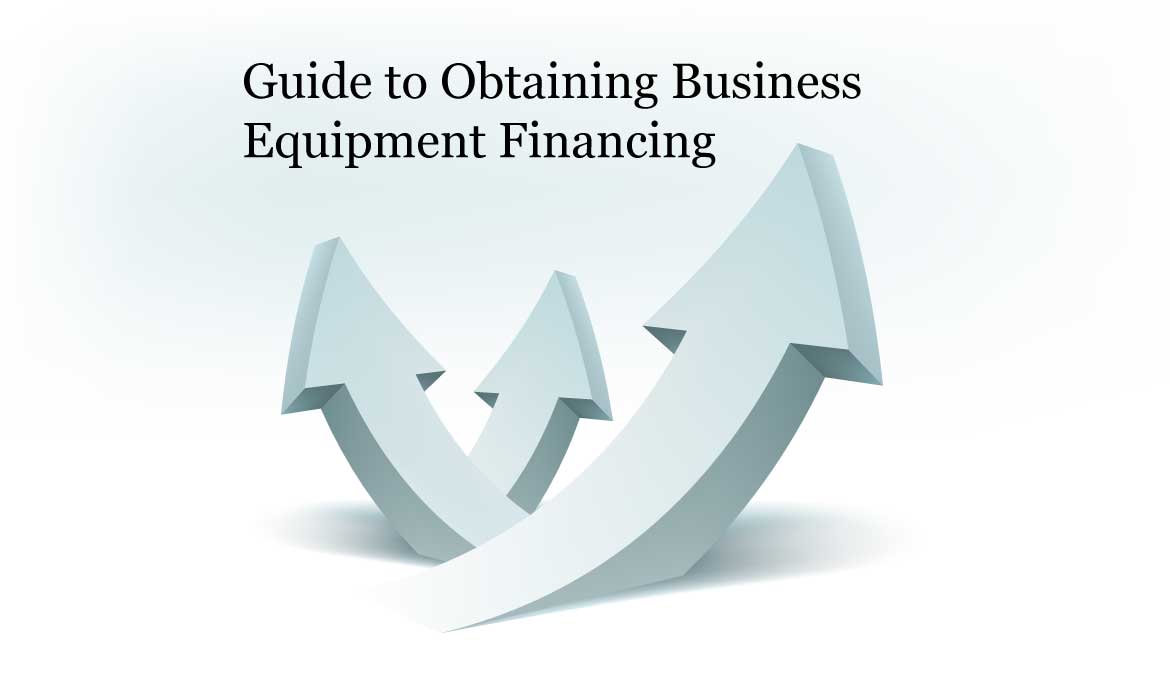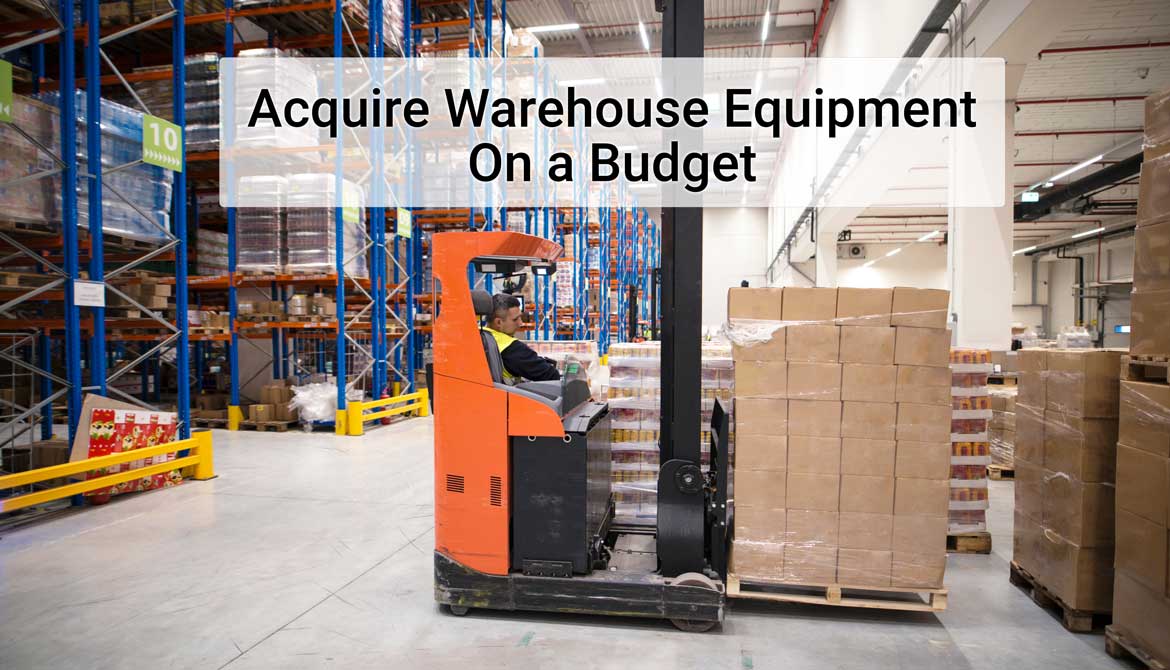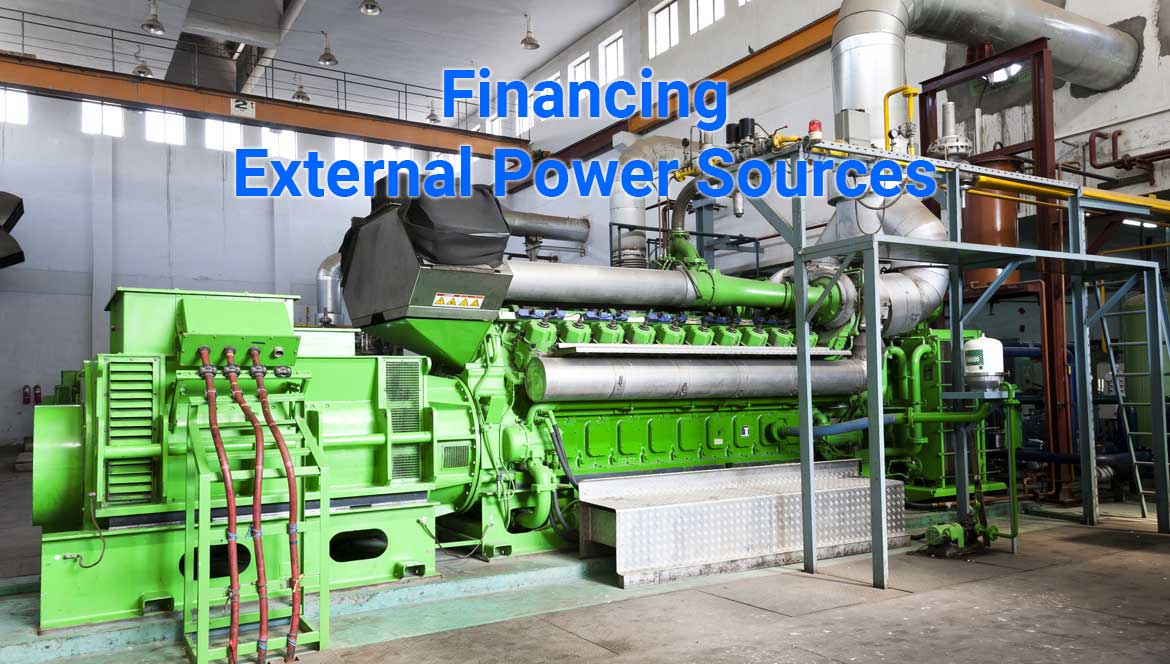
The Best Way to Finance External Power Sources
- July 29, 2021
- 10:39 am
- Equipment
Almost everything we do runs on some sort of electrical power. This is true for our home appliances, and is especially true for businesses, both large and small.
When deciding what equipment will benefit them in their day-to-day operations, most business owners don’t consider power sources as a strong contender, but not investing in this area could prove to be a big mistake.
In this article, we’ll go through why having a dependable power source is so important in our day and age, we’ll take you through the different options at your disposal, and we’ll show you how privately financing generators and other power sources is probably the best choice.
Why External Power Sources Are Important
To be clear, we’re talking about external privately-owned power sources, not government-provided ones. The type of business you’re running has a big impact on the necessity of having a power source in the first place, but almost all businesses will benefit from its implementation for the following reasons:
1. Power Outages
The biggest and most obvious reason for investing in an external power source like a generator is for cases like power outages or breakdowns. This might seem like a non-issue in developed countries like the US, but it happens a lot more frequently than you might think.
Areas that suffer from bad weather are severely affected by this. Louisiana, as an example, suffered from almost 181 million outage hours in 2020. That’s a lot of time and money wasted. Having a backup power reserve will offer a short-term solution to this.
Your work will not have to come to a standstill and your equipment will still be able to keep working.
2. Power Fluctuations
Besides outages, electricity also fluctuates very frequently. This is a big problem, especially for manufacturers. Machines and robots operate best at specific wattages and fluctuations make inefficient circumstances for large-scale production to take place.
Over time, these conditions can damage your equipment or could result in a short circuit or malfunction. The best way to combat this is to have specialized equipment designed to keep your machines running at the input they perform their best at.
3. Security
We’ve already discussed how power outages can create problems for businesses, and a big one is the compromised security of your workplace.
Power outages offer the perfect conditions for thieves to operate in. Having at least your lighting and security system connected to a backup generator will do wonders in warding off people who want to harm your business in any way.
4. Services Keep Running
This is a vital point for businesses like Wireless internet service providers.
It is essential that servers or transmission dishes keep operating in all circumstances, so having these hooked up to an external power source is a necessity for corporations in this niche. Not doing so could result in a decline in your customer satisfaction and could damage your expensive equipment.
Your data is also secured when you implement an external power source. Computers shutting off unexpectedly could result in you losing precious information in an instant.
Types of Power Sources
Now that we’ve gotten an overview of the benefits of having an external power source, let’s look at some of the options at your disposal:
Generators
The most common choice for an external power source is a generator. They have the most utility and can (and should) be used by almost everyone.
The type of generator that would be useful for businesses is a standby generator for the following reasons:
- Operates automatically
● Offers permanent power protection - Can use many fuel types
- Can boot up in seconds minimizing power loss duration
- Always monitors utility power
- Best used in systems like elevators, lighting, medical equipment, server protection, and emergency fire systems.
Renewable Energy Sources
A newly emerging segment of power sources is entirely focused on generating electricity through renewable sources of energy like solar, wind, water, etc.
The most commonly available and successful form of renewable energy at the moment is solar which is what we’ll focus on right now. Solar panels work in the same way as generators but with some key advantages:
- Unlike generators, solar uses the sun to generate electricity. This saves fossil fuel usage and reduces your business’s dependence on these scarce resources.
- Solar greatly reduces electricity costs. This is because the system cuts down your reliance on the grid, helping you save massively in monthly electricity bills. As power is one of the biggest fixed costs businesses face, dramatically reducing it could prove to be a huge advantage.
- A greener public image. How people perceive your business and work is incredibly important in today’s business climate and committing to renewable energy sources like solar will help boost that.
- Solar energy future proofs your business. In the future, almost all businesses will have to adapt to renewable sources of energy to operate on as our fossil fuel supplies are dwindling fast.
How to Finance to Industrial Generators and Solar
The cost of implementing alternative power sources into your workflow varies significantly and could be as little as buying a small portable generator to a several hundred-thousand-dollar overhaul.
Regardless of the actual financial weight of your decision, you have two main options for financing it. Either by taking a bank loan or through private financing companies like Dimension Funding.
Bank loans are hard to get, difficult to pay off, and can be a classic case of biting off more than you can chew.
Private financing on the other hand is a much quicker, safer, cheaper, and more reliable way to get your power source financed. Here’s why:
- Fixed monthly payments. You don’t have to worry about fluctuating interest rates or calculating how much you have to pay each month. Private financing lets you choose a low monthly payment for up to 60 months. You know exactly how much you have to pay and the agreed amount during the signup process never changes.
- Finance up to $250k without financial documents. An application-only option allows you to purchase the external power source solution you need quickly. There are no lengthy application processes or reviews and if you need more than $250k then all you need to do is provide your financial statements.
- Finance 100% of the costs. Just buying the equipment isn’t the end. You have to set it up, train your staff to use it, make room for maintenance costs, etc. Private financing companies like Dimension Funding take care of everything for you. All these costs are taken into account and are included in your principal amount.
We hope this article has helped you better understand the benefits of having an alternative power source and how it can streamline your workflow and prevent unpleasant surprises, in the present and in the future.
If you’re interested in financing your external power source solution through a third-party vendor, be sure to contact Dimension Funding. You’re only an online application and a quick approval process away from getting a time-tested, hassle-free, and convenient financing option for your next equipment upgrade.
Recent Posts
- Bonus Depreciation is About to Phase Down to 80% in 2023 December 29, 2022
- Tax Benefits of Buying Equipment & Software Before December 31, 2022 December 8, 2022
- How the Inflation Reduction Act Impacts your Business and You and your Family August 16, 2022
- Recession? What Recession? July 27, 2022
- Dimension Funding Has Paperless Financing April 26, 2022

